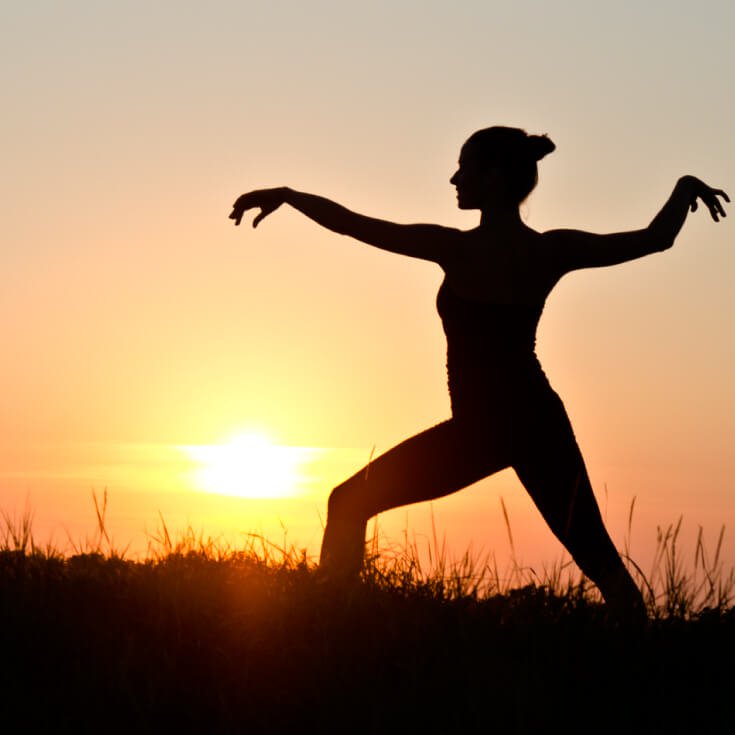The origins of Tai Chi are probably lost in the fog of history. What is clear is that Tai Chi is at least eight hundred years old and still practiced by millions around the world.
After training for twenty years in the movement arts, I thought Tai Chi would reveal its secrets easily. Instead I found a new vocabulary of movement, based in principles that may sound and even look simple but defy easy mastery. Not unlike a coordinated golf swing, Tai Chi requires time and detailed study.
This blog will not contain a detailed exploration of Chi. By now, most people have heard of Chi, that mysterious, pervasive force in and around us. Some may think they know what it is. After 30 years of study I am grateful to know how to find and build Chi- but do not feel qualified to go into great detail.
I leave that for the life long scholars of Chinese movement arts, philosophy, and medicine. The “Chi” in Tai Chi has been indispensable to my health and golf.
To learn the Tai Chi form requires learning to shift weight, turn, balance, and establish a connection to the ground.
These are useful skills you may think you have already mastered. But as you will see, the depth of this practice, (practiced perfectly), will change the way you perform even simple movements. Once the simple movements of are mastered, the potential for ease, power, skilled balance, and increased energy multiplies!
This is not an idle boast. Tai Chi has been studied at Harvard, Stanford and UCLA. The Mayo and Cleveland Clinics use the healing power of this great art for their patients.
My own experience of Chi is of a vitality that permeates the body.
I refer to the vitality I feel as pliable power. Often, power/strength is predicated on hard, stiff and brittle fascia and muscle. Stiff people,(and golfers), don’t move well and brittle people injure themselves easily.
Muhammed Ali was voted athlete of the century and Tom Brady has won six Super Bowls, neither man could be called stiff. Pliable power has allowed me to play golf with no pain and no loss of distance! as I near my eighth decade.
An often overlooked benefit of Tai Chi is as a movement meditation. The slow, graceful and seamless movements reveal the enormous power of now. The Tai Chi form teaches a deeper appreciation of the present with an emphasis on process and not outcomes.
I will have more to say about developing a practice of being in the NOW ZONE. In subsequent blogs, I will also explain how to begin a practice of Tai Chi and receive the benefits for your life and golf game.
“Realize deeply that the present moment is all you have. Make the NOW the primary focus of your life” – Eckhart Tolle
-Edward Bilanchone



Comments are closed